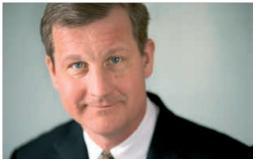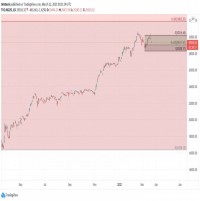|
In a proprietary study released in Opalesque Futures Intelligence, one of largest managed futures fund managers in Europe and Asia reveals insight: investing in a managed futures CTA as one might consider growth equity investing strategy. This touches on the third rail issue of emerging manager selection and evaluation, always a lively topic inside the industry when one looks to mitigate survivorship bias when drawing conclusions. The founder of Sweden's Risk and Portfolio Management takes the conversation in a new direction. Exclusive Research Revealed: 
Mikael Stenbom
But is investing only in the top decile CTAs based on assets, as is commonly the case, the best investment strategy? A proprietary study from Sweden's Risk and Portfolio Management (RPM), a $5 billion manager of multi-CTA managed futures portfolios, reveals data that supports the concept of investing in smaller managers after they have moved from the start up phase to the growth, or "evolving", stage. "Our study shows a performance bias based on CTA maturity," observed Mikael Stenbom, RPM's founder and CIO. "Consider a managed futures program as one might analyze a stock. There is the start-up phase, the growth phase, the maturity phase and the decline / rejuvenation phase." In studying the BarclayHedge CTA database, RPM tracked the age of CTA alongside net asset flows and performance. The majority of investment in these CTAs occurred during the maturity phase, just as performance might be declining, according to the study. The study drew sharp analytical distinctions, noting that increased age and assets under management have negative influences but at the same time offered opportunity. "The CTA universe holds alargely untapped resource of competitive CTAs not (yet) hindered by the negative aspects of success." RPM offers both direct managed futures accounts and fund products, deriving the vast majority of its assets from Europe and Asia. The compliance regarding a managed futures fund investment in the US, with four primary regulators, each with different agendas and understandings of the investment, presents its own challenges, according to sources. Like many strong European products, RPM is dipping their toe in the US market. The investment is available to qualified US investors through the AlphaMetrix platform. Qualified investors may obtain a copy of this report by e-mailing melin@opalesque.com |
|
This article was published in Opalesque Futures Intelligence.
|





 RSS
RSS









